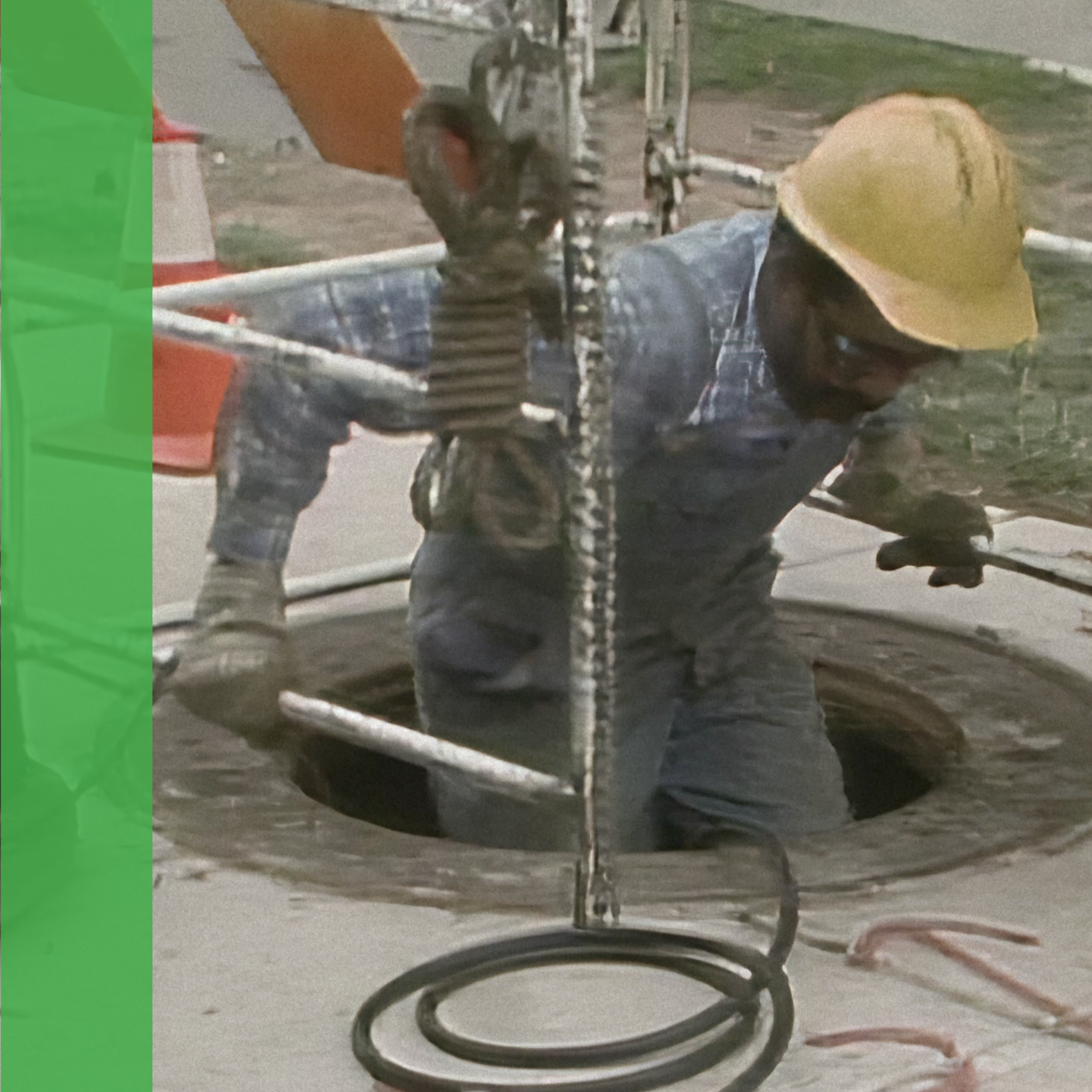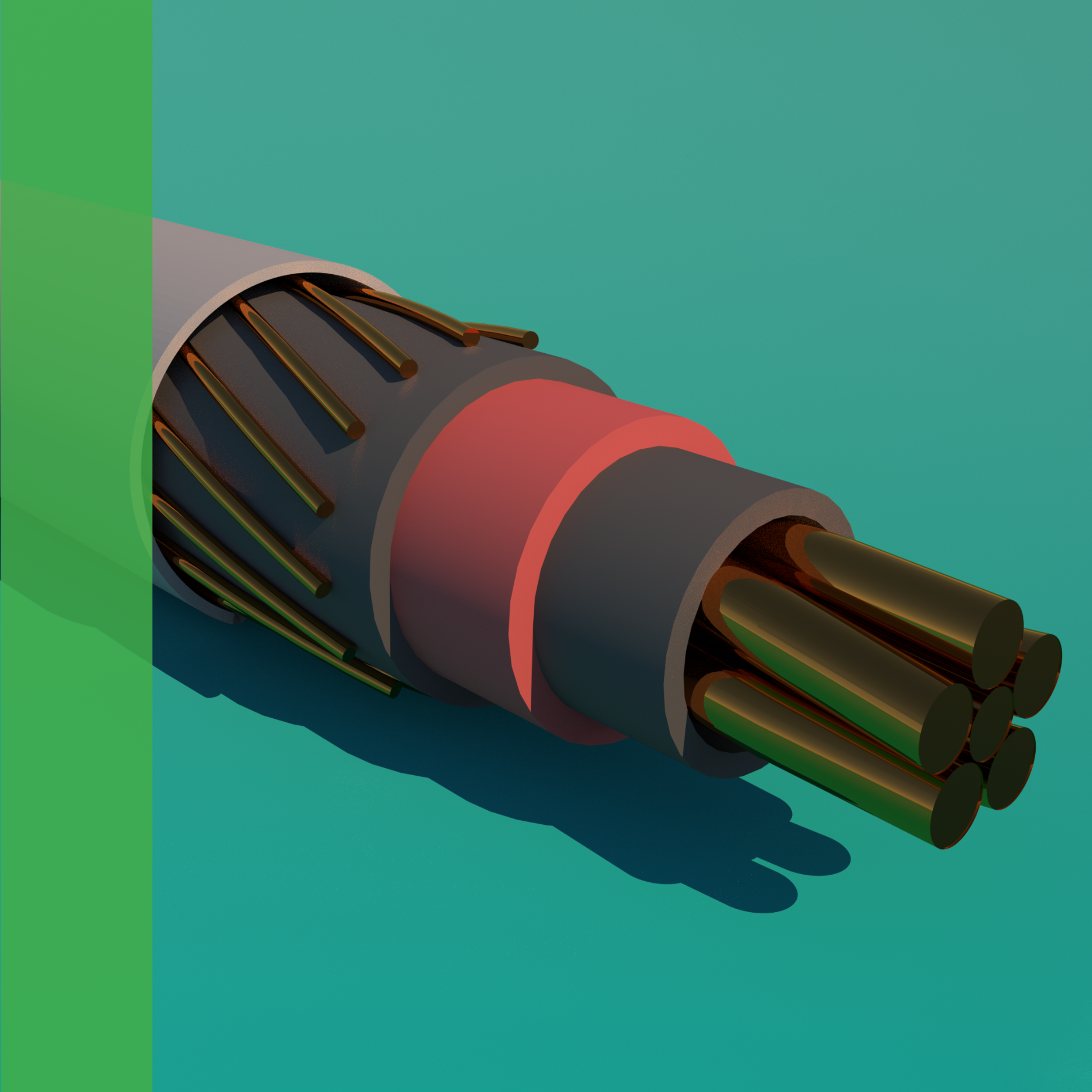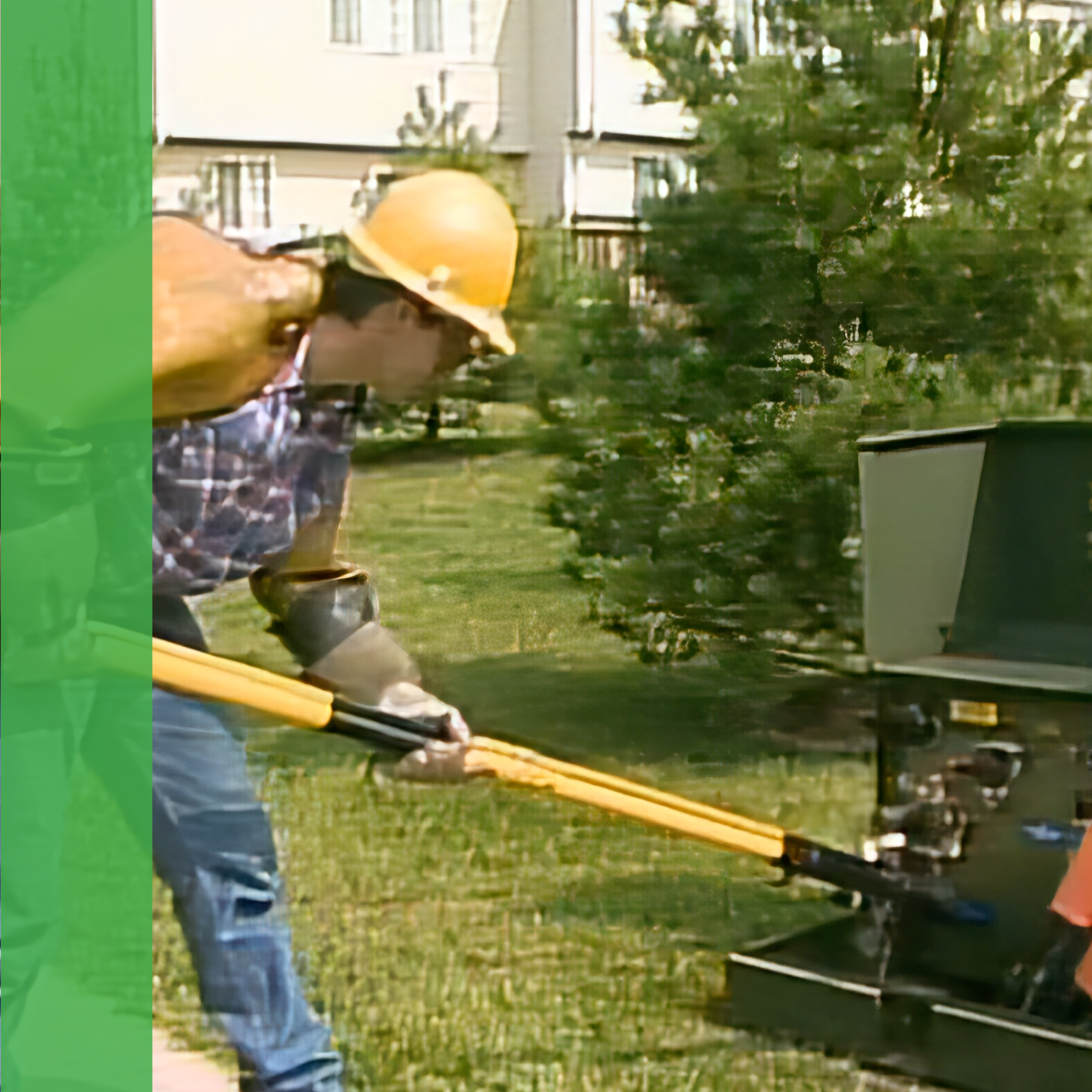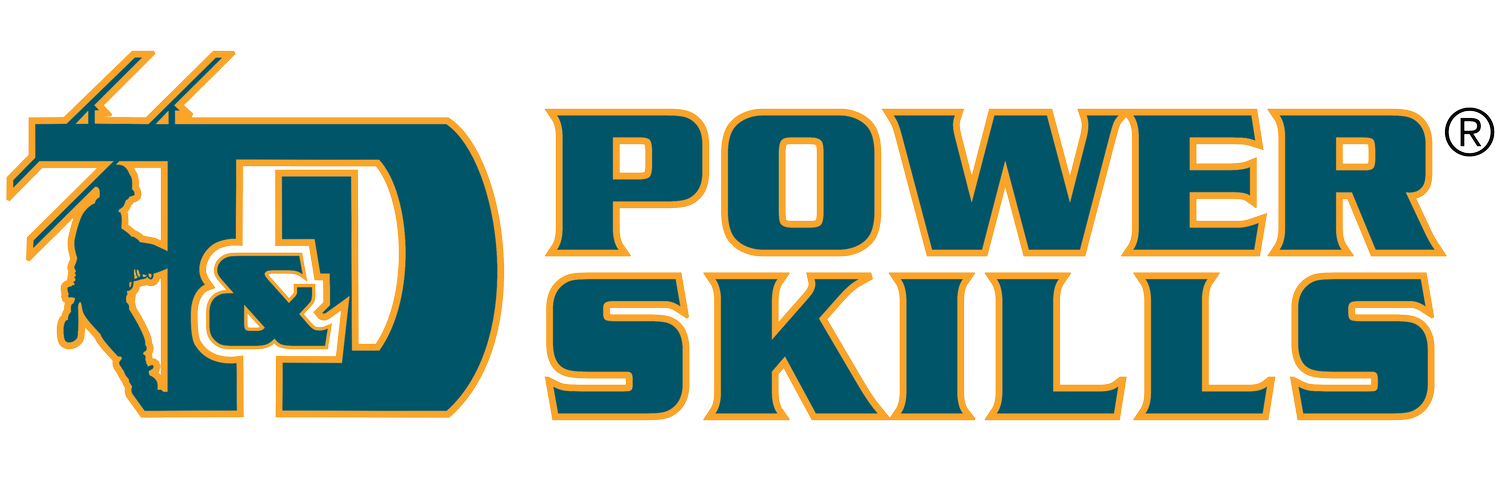
Underground Residential Distribution Systems
This course identifies and describes three common types of underground residential distribution (URD) systems: radial feed, loop feed, and double feed systems. URD components, cables, and terminations are also introduced and discussed. This course also describes how URD cable and equipment are installed. It describes checks performed during typical URD system maintenance inspections and how the flexibility of URD systems allows various portions of a loop feed URD system to be installed without interrupting service to customers.

Safety in Underground Line Maintenance
This course identifies and describes three common types of underground residential distribution (URD) systems: radial feed, loop feed, and double feed systems. URD components, cables, and terminations are also introduced and discussed. This course also describes how URD cable and equipment are installed. It describes checks performed during typical URD system maintenance inspections and how the flexibility of URD systems allows various portions of a loop feed URD system to be installed without interrupting service to customers.

Underground Cable Installation
This program describes two methods of installing underground cable: direct-burying and pulling cable in conduit. The program demonstrates how to lay cable in an open trench and pull cable in conduit. This course also demonstrates how to use various types of equipment and tools for rigging manholes and for pulling cable in conduit.

Pad-Mounted Transformers and Switchgear
This course discusses the basics of underground transformer operations. It presents problems that arise when operating transformers and discusses troubleshooting techniques and inspection procedures. This course also describes the general characteristics of two basic types of pad-mounted switchgear: oil-immersed disconnect switches and transclosures. This course also describes how pad-mounted switchgear can be used to sectionalize and reroute power in an underground feeder system.

Cable Splicing 1
Cable splicing is the process of joining two cable ends together while maintaining the cable’s original design characteristics. This course focuses on cable design, voltage stress and preparation of cables for splicing using a splice kit.

Cable Splicing 2
This course describes splicing three phase primary cables and secondary cables. It also includes splicing in a length of cable and how to install a secondary splice.

Cable Terminations
Electrical cables are routinely connected to many different types of equipment. When a connection to equipment is made, the cable must be terminated, or ended, at the connection point. This course discusses pothead, single phase elbow, three-phase elbow and switchgear terminations, how they are installed, and how they help cables function properly. Problems associated with voltage stress are also discussed. This course also explains how to energize three-phase terminations in switchgear and transformers.

Locating Primary Faults
This course is a general introduction to fault location in primary URD cable. The course covers capacitor discharge equipment, how it is used to locate faults, and a demonstration of how to locate a cable fault.

Locating Secondary Faults
This course explains how voltage gradient equipment works and demonstrates how to use voltage gradient equipment to locate faults in secondary URD cable.

URD Troubleshooting
This course describes methods that can be used to troubleshoot two types of problems that may affect URD systems: transformer faults and cable faults.
